Introduction
The world of materials science has been revolutionized by the discovery and application of Titanium-doped Aluminium Oxide (Ti3+: A2O3). This unique compound has found significant applications across a wide range of fields, including electronics and biomedical devices, transforming our world in numerous ways.
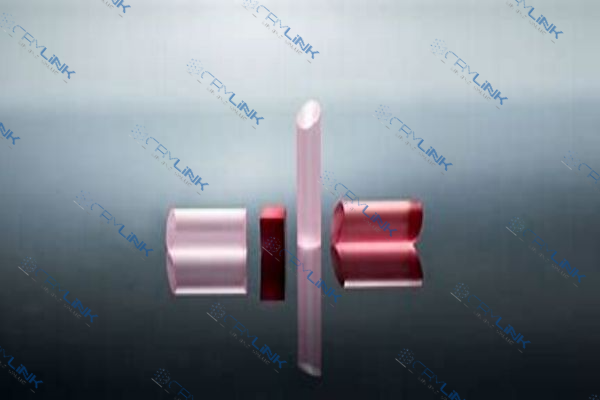
Delving into the Unique Characteristics of Ti3+: A2O3.
The unique characteristics of Ti3+: A203 lend it an unparalleled versatility, fostering its applications in diverse fields. A closer look at the properties of this compound provides insights into the numerous ways it continues to shape technological and scientific advancements.
Ti3+: A2O3 – A Synergy of Aluminium and Titanium
At the heart of Ti3+: A2O3 is a unique amalgamation of aluminium and titanium. These two elements, when doped together, give birth to a compound that boasts a high degree of durability, outstanding thermal conductivity, and remarkable resistance to corrosion.
The durability of Ti3+: A2O3 ensures its applications in areas where material strength is of paramount importance, such as in structural components of electronics and bioimplants. Its superior thermal conductivity is instrumental in applications where heat dissipation is crucial, such as in electronics. Corrosion resistance, on the other hand, ensures its longevity and performance in various environments, making it suitable for a range of applications from maritime to aerospace and healthcare.
Understanding the Structural Complexities of Ti3+: A2O3
The structural makeup of Ti3+: A2O3 further augments its unique properties. It features a crystalline structure that allows for enhanced light absorption and emission properties, paving the way for its applications in optical systems, laser technologies, and photonics.
The dopant, titanium, replaces some aluminium atoms in the crystalline lattice, causing local disruptions in the structure that form what is known as ‘color centers.’ These color centers can absorb light at one wavelength and emit it at another, making Ti3+: A2O3 invaluable in the production of lasers and other optical devices.
Moreover, the lattice defects can trap electric charge carriers, contributing to Ti3+: A2O3’s excellent dielectric properties. This is particularly beneficial in semiconductor devices, where Ti3+: A2O3 is employed as a high-performance insulating material.
Additionally, Ti3+: A2O3 possesses chemical stability that allows it to maintain its structure and properties even under severe conditions, such as high temperatures and corrosive environments. This makes it ideal for use in harsh industrial processes and in the human body where resistance to bio-corrosion is crucial.
In conclusion, the myriad unique characteristics of Ti3+: A2O3, from its thermal and electrical properties to its optical and structural features, underpin its broad application range. The intricate interplay of these properties continues to inspire researchers and industries alike, leading to innovative solutions that redefine the boundaries of what is possible.
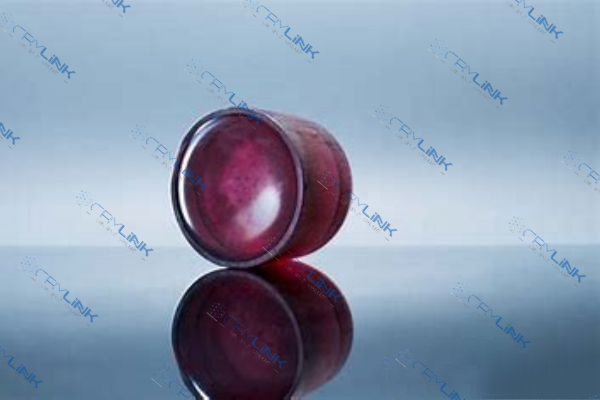
Ti3+: A2O3 in the Electronics Industry
When considering Ti3+: A2O3 in the electronics industry, its unparalleled utility becomes apparent. This versatile compound has not only found its way into existing technology but has also paved the way for cutting-edge advancements.
Role of Ti3+: A2O3 in Semiconductor Devices
In the realm of semiconductors, Ti3+: A2O3 has become an indispensable player. Its unique combination of properties makes it an ideal material for semiconductor devices. Its high thermal conductivity and strong dielectric properties make it an ideal choice for integrating into various types of semiconductor-based electronic devices.
From CPUs to power electronic devices, Ti3+: A2O3 provides the thermal stability necessary to handle the immense heat generated during operations. It efficiently disperses heat, thereby preventing device overheating and enhancing the overall efficiency and lifespan of the device. Furthermore, its high dielectric constant allows for a more compact design of electronic devices without compromising performance, thereby leading to more streamlined and efficient electronics.
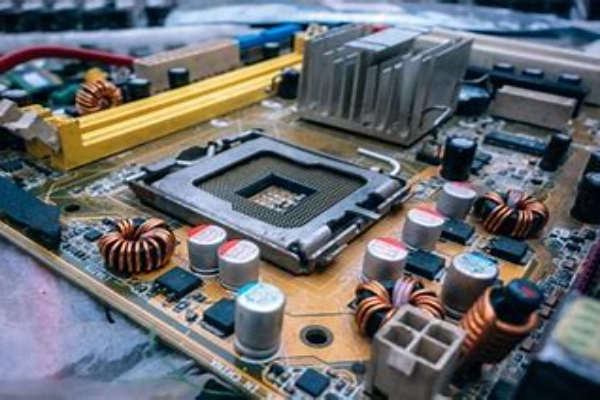
Enhancing Optical Systems with Ti3+: A2O3
Beyond semiconductors, Ti3+: A2O3’s unique optical properties have led to significant advancements in the field of photonics. The compound’s unique optical characteristics make it an excellent choice for optical systems.
In laser systems, for instance, Ti3+: A2O3 crystals are often used as gain media. The gain medium is an essential component of any laser system. It provides the laser’s light amplification and determines the wavelengths of light the laser can produce. The unique light-absorbing and emitting properties of Ti3+: A2O3 make it an excellent choice for a wide range of laser applications, from telecommunications to industrial cutting and welding.
Moreover, Ti3+: A2O3 is instrumental in the development of high-speed optical communication systems. Its refractive properties make it an ideal candidate for manufacturing modulators, devices that can alter the properties of light waves to carry information.
Through these applications and more, Ti3+: A2O3 continues to transform the electronics industry. Its characteristics, combined with the ceaseless efforts of scientists and engineers, promise to drive innovation and efficiency in this field, bolstering the backbone of our increasingly digitized world.
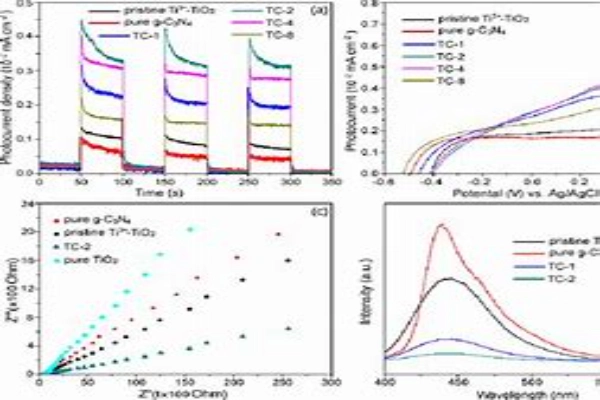
Biomedical Applications of Ti3+: A2O3
The use of Ti3+: A2O3 has burgeoned beyond the realm of electronics and into the biomedical field. Its unique properties lend themselves exceptionally well to several critical applications, making significant strides in patient care and treatment outcomes.
Ti3+: A2O3 in Biocompatible Devices
One of the critical areas where Ti3+: A2O3 has been instrumental is in the creation of biocompatible devices. Due to its excellent biocompatibility, it does not react adversely with the human body. This property, combined with its high wear resistance and robustness, makes it an ideal material for a variety of implants, particularly in orthopedics.
Hip and knee replacements, for instance, greatly benefit from Ti3+: A2O3. The wear-resistant nature of this compound prolongs the lifespan of these implants, reducing the need for painful and costly revision surgeries. Furthermore, its corrosion resistance ensures the implant maintains its integrity, offering a reliable solution for patients in need of joint replacements.
Ti3+: A2O3 in Drug Delivery Systems
Beyond implants, Ti3+: A2O3 has found a noteworthy application in drug delivery systems. Its unique structural and chemical properties allow it to be used in creating highly targeted and efficient delivery mechanisms, leading to more effective and less invasive treatments.
For example, researchers are exploring how Ti3+: A2O3 nanoparticles can be used for targeted drug delivery. These nanoparticles can be loaded with drugs and introduced into the body. Due to their small size and specific surface properties, they can navigate through the body to deliver drugs directly to disease sites, like tumors. This targeted approach can reduce side effects and increase the effectiveness of treatments.
Furthermore, the potential for Ti3+: A2O3 in controlled release systems is also being explored. These systems can gradually release drugs over time, ensuring a consistent therapeutic level and improving patient compliance with treatment regimens.
The promising developments of Ti3+: A2O3 in the biomedical field showcase its versatility and potential. As research and understanding of this compound continue to evolve, so too will its applications, improving and saving countless lives in the process.
The Environmental Impact and Sustainability of Ti3+: A2O3
Addressing the environmental impact and sustainability of Ti3+: A2O3 is imperative in today’s eco-conscious world. Its use must be balanced against environmental stewardship to ensure a sustainable future for subsequent generations.
Assessing the Environmental Footprint of Ti3+: A2O3
The environmental footprint of Ti3+: A2O3 begins at the extraction of its primary elements, aluminium and titanium. These processes, especially titanium extraction, can be energy-intensive and lead to significant greenhouse gas emissions. Moreover, waste byproducts from the extraction and processing stages can have detrimental effects on local ecosystems if not properly managed.
Driving Towards Sustainable Practices in the Usage of Ti3+: A2O3
Nevertheless, the industry is taking strides towards sustainability. Researchers are exploring more energy-efficient methods for extracting and processing these materials. In parallel, efforts are underway to recycle Ti3+: A2O3 from end-of-life products, reducing the demand for raw materials and minimizing waste.
While Ti3+: A2O3 presents an environmental challenge, it also provides opportunities for innovation. The drive towards sustainability fuels advancements in technology and processes that will not only reduce the environmental footprint of Ti3+: A2O3 but also pave the way for greener practices across industries.
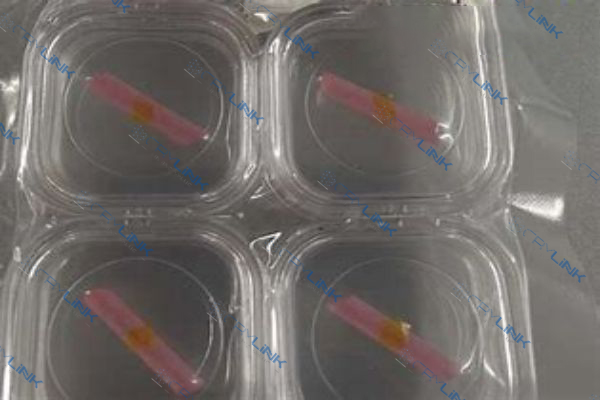
Conclusion
In conclusion, Ti3+: A2O3 has carved a niche for itself across multiple sectors, right from electronics to biomedical devices. As our understanding and control of this compound continue to evolve, so too will its applications, presenting a future brimming with potential.
Frequently Asked Questions
- 1. What is the structure of Ti3+: A2O3?
- The structural complexities of Ti3+: A2O3 lie at the heart of its unique properties.
- 2. How does Ti3+: A203 enhance the performance of semiconductor devices?
- Ti3+: A2O3 enhances the efficiency of semiconductor devices due to its excellent dielectric properties.
- 3. What role does Ti3+: A2O3 play in biomedical devices?
- Ti3+: A2O3 is used in biomedical devices owing to its biocompatibility and resistance to wear and tear.
- 4. How is Ti3+: A2O3 used in drug delivery systems?
- Ti3+: A2O3 finds application in advanced drug delivery systems, paving the way for targeted treatments.
- 5. What are the environmental implications of Ti3+: A2O3?
- Assessing the environmental footprint of Ti3+: A2O3 is crucial to ensure its sustainable usage.

Frank
Frank graduated from the University of Shanghai for Science and Technology, majoring in optics. As a technical engineer at Crylink Company, he deeply understands crystal materials and laser components.
Related Video(s) with this Article
Related Product(s) with this Article
Related Application(s) with this Article
